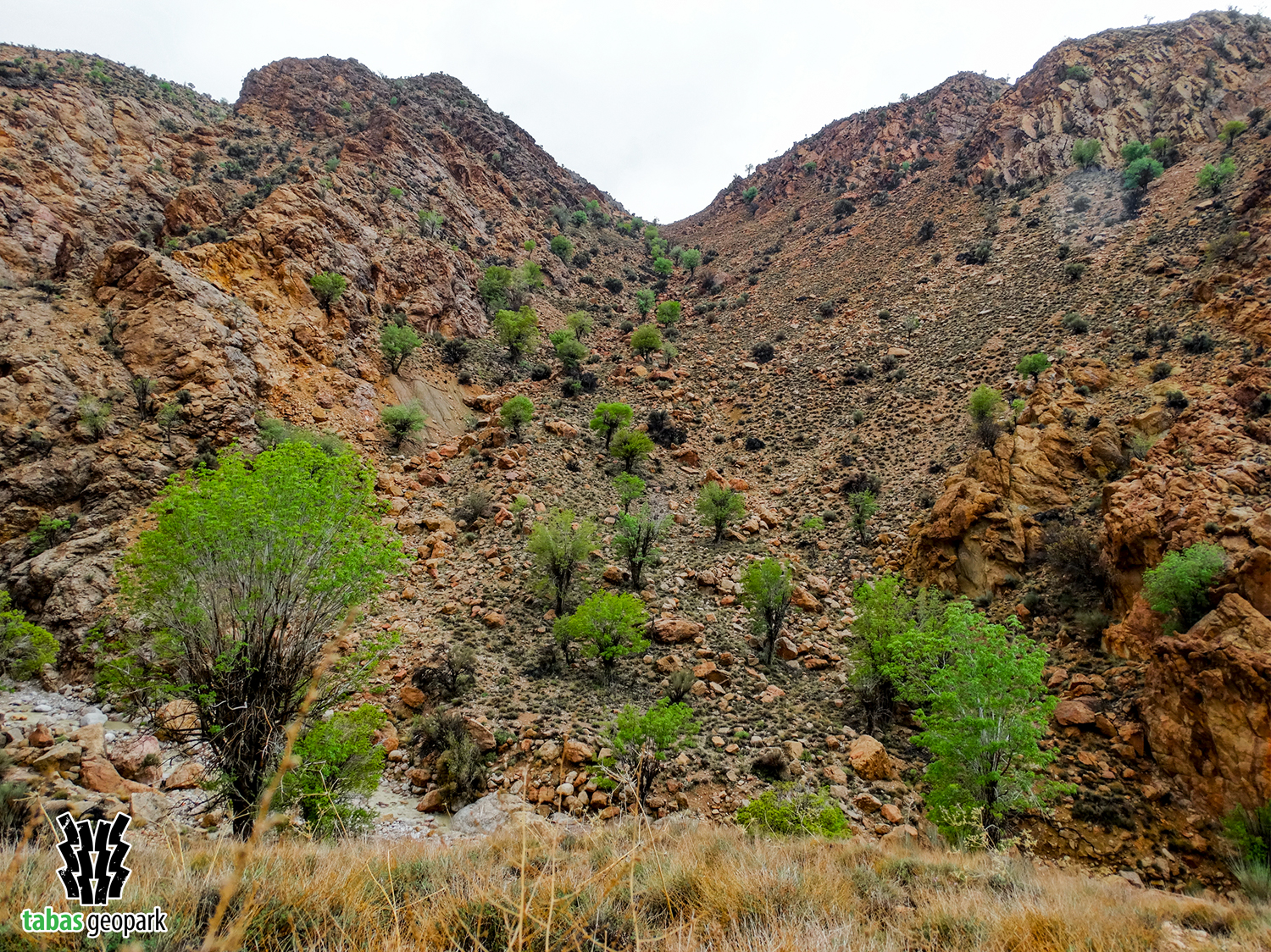Senou is one of the most important types of forest habitats in the Zagros Mountains in western Iran. The Senou forest habitat in the heart of the beautiful slopes of the Shotori Mountain Range is home to a unique species of Fraxinus trees with the local name of Senou (scientific name: Fraxinus Persica Boiss). The expansion of the Senou starts from the north of the village of Sorond and Moudar in a sporadic manner, and its density increases toward the north so that it reaches its maximum density in the Chehrestou area. The area of this habitat is over 9000 hectares. Before Senou appeared in eastern Iran, the habitat of this forest species was reported in areas with 600 to 800 mm of annual rainfall. The uniqueness of this forest was confirmed, and the attitudes regarding the amount of rainfall required for its growth changed after discovering this valuable species in the only point of the central plateau of Iran with an average annual rainfall of 240 mm. Therefore, considering that Senou shows a lot of resistance in low-rainfall areas such as Tabas and is also resistant to drought, the previous views and theories were developed. In fact, the most important factor in the spread of this valuable species is the Shotori Mountain Range in eastern Iran, which is like a huge barrier against air and rain currents and has led to more rainfall in this part of Tabas UNESCO Global Geopark with different climatic conditions. In addition, the lithological conditions similar to the Zagros Mountains in western Iran have greatly contributed to the further development of this habitat in eastern Iran.
Other species such as figs, wild almond, Pistacia atlantica, Rosa canina, Amygdalus (Amygdalus lycioides) and Cotoneaster are observed together with Senou. Besides, in the western margin of this habitat, there is a single juniper tree – which grows mainly in the Alborz and Zagros mountains – with a height of 6 meters and a trunk diameter of 30 cm. The beauty of this forest between Lut desert and Kavir plain (Datsht-e-Kavir), which are among the driest regions of Iran, attracts the attention of every visitor. In addition to the valuable plant potentials of this area, the presence of Shotori peaks and high mountainous landscapes, deep valleys, rocks of the first and second geological periods, along with various species of animals all show a unique and spectacular nature in this region of the country.
– The scientific resources are available in the management of Tabas Geopark.
The use of this article is unrestricted by mentioning the source.

